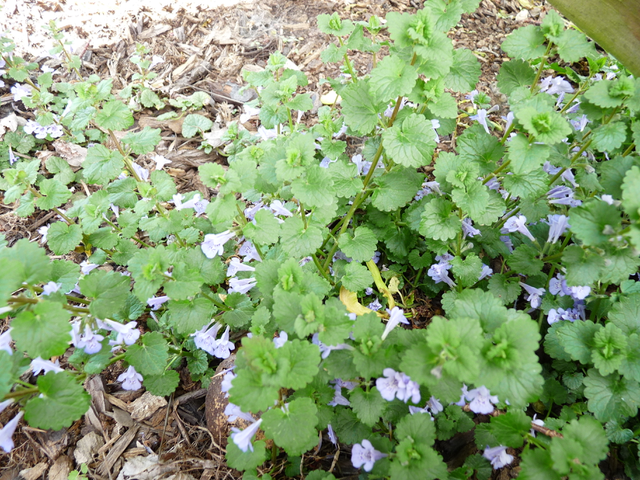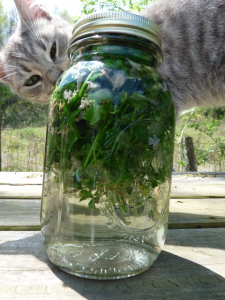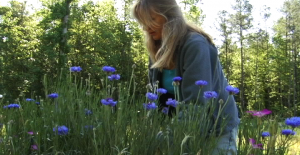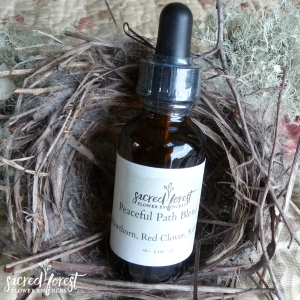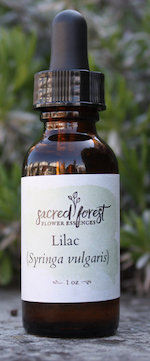Our Recent Cardiac Escapade
Greetings, Friends ~
Here is the promised update on our cardiac medical adventure. We hope you find this informative, helpful and hopeful.
Harry had his surgery on Wednesday 12 June 2019 and was home the following Sunday afternoon! We went back three weeks later for the surgical follow-up and to get his staples out. He was doing so well that they dismissed him with no need for further care nor need for the usual several month ‘cardiac rehab’… just the usual temporary restrictions on lifting, driving, etc. (Which, of course, are driving him mad.)
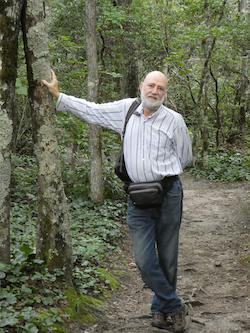
He is recovering amazingly! His excellent progress owes much to his general good pre-surgery health (aside from the defective aortic heart valve, of course); Deb’s pre-surgery preparations feeding him well and filling him full of appropriate herbs and supplements; those herbs and supplements she gave him before and after surgery; and, of course, the skilled medical staff and the loving care during and after his hospital stay.
In the hospital – especially during the time in post-operative intensive care – the doctors and nurses were surprisingly accepting of our herbal administrations.
Following surgery, it is customary – actually necessary – to restrain patients in ICU so they do not remove or dislodge the many tubes, probes, ports and monitors or inflict damage in their delirium and confusion as they emerge from anesthesia. Harry indeed experienced this agitation and struggled against his bonds.
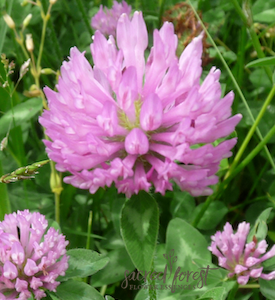
He also suffered from extreme nausea as he came out of anesthesia. Deb offered to the ICU nurse a spray of our Red Clover flower essence we had prepared to act as a calming agent due to the shock of the surgery. Deb applied the spray to acupressure points on Harry’s wrists and ankles with almost immediate reduction of his agitation and struggles and his systolic blood pressure dropped by nearly 20 points. She also massaged the spray into Harry’s feet – and the nurse continued to do this throughout the night. When Harry could start drinking after the tubes were out of his throat, he drank coconut water and natural electrolyte drinks we brought from home ~ we turned down offers of soda pop. Also, he sucked on Slippery Elm lozenges to soothe his throat irritated by the tubes once they were removed. Most importantly, we had made a flower essence mix spray of Wood Betony (to ‘ground’ his body after anesthesia), Yarrow (for continued general protection), Comfrey (for overall healing) and Red Clover (for shock) which we used during Harry’s whole hospital stay.
After Harry was transferred from the ICU to the cardiac recovery unit, vampires visited him four times a day (at least) to draw blood for various monitoring testing. Eventually, there were little dark bruises on every one of his fingers. (Mercifully his thumbs were spared!) A couple of applications of Yarrow (in this case, a mix of the flower essence and tincture) cleared the bruises in short order!
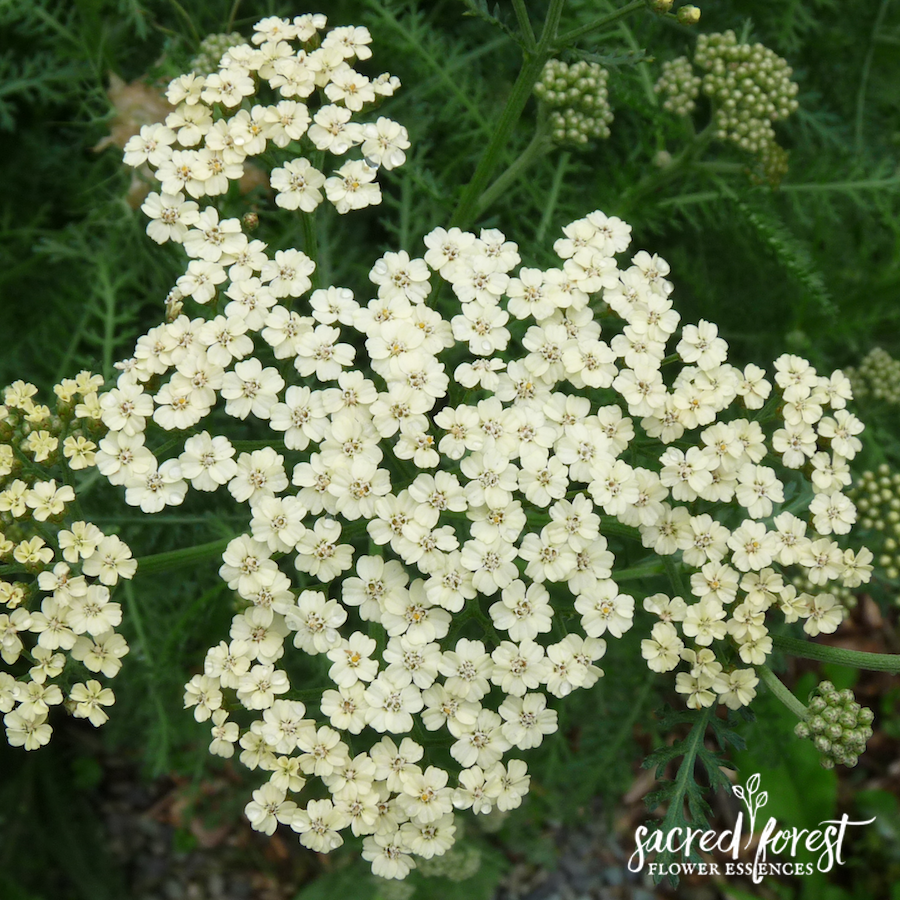
Deb continued to give him coconut water as well as miso soup, nettle tea and ginger tea. We also began using homeopathic remedies – Staphysagria for relief after surgery in addition to Comfrey, Calcarea Carbonica, Calcarea Phosphorica and Boneset to aid the healing of his sternum.
Thankfully, our surgeon’s nurse practitioner patiently went through the list of over 35 herbs we said we may use to aide Harry’s recovery. Of that list, there were only two herbs they wanted us to stop prior to surgery and to avoid for a while after returning home – both were cardio-active herbs which, as best we could determine would either counter or duplicate the effects of some of the pharmaceutical compounds on which they rely following heart surgery.
Since we have been home, we have done much of what we did for Harry’s broken back ~ except now using tinctures. Boneset for bone healing, Comfrey for bone and soft-tissue healing, Solomon’s Seal to help heal and keep intercostal ligaments supple.
The only other difference from treating his back is we used a ‘dry poultice’ on his incision since instructions were for no wetness until the staples came out. So instead of the usual wet herb poultice, Deb put dried Comfrey, Boneset and Yarrow leaves in an old pillowcase and Harry would keep that on for several hours a day. We also have made daily infusions of Nettles, Linden, Oat Straw, Comfrey or Red Clover to accelerate his healing along with many additional supplements such as Vitamin E, Vitamin A, Selenium and others. We employed the use of Modified Citrus Pectin to bind and remove the toxins left in his body from the anesthesia and other pharmaceuticals given in the hospital.
At this time, Harry is off ALL cardiac pharmaceutical medications! Hurray! We are so very happy with his progress!
As restrictions are lifted, we are happy to report Harry is doing light chores in our garden, cooking some (Yahoo!, his guacamole is back on the menu!), doing some herb harvesting and preparation, has walked as much as 1½ miles and is anxious to get back into the woodshop. All in all, incredibly, this journey has been 10 times… no probably 100 times – easier than his recovery from his broken back last year.
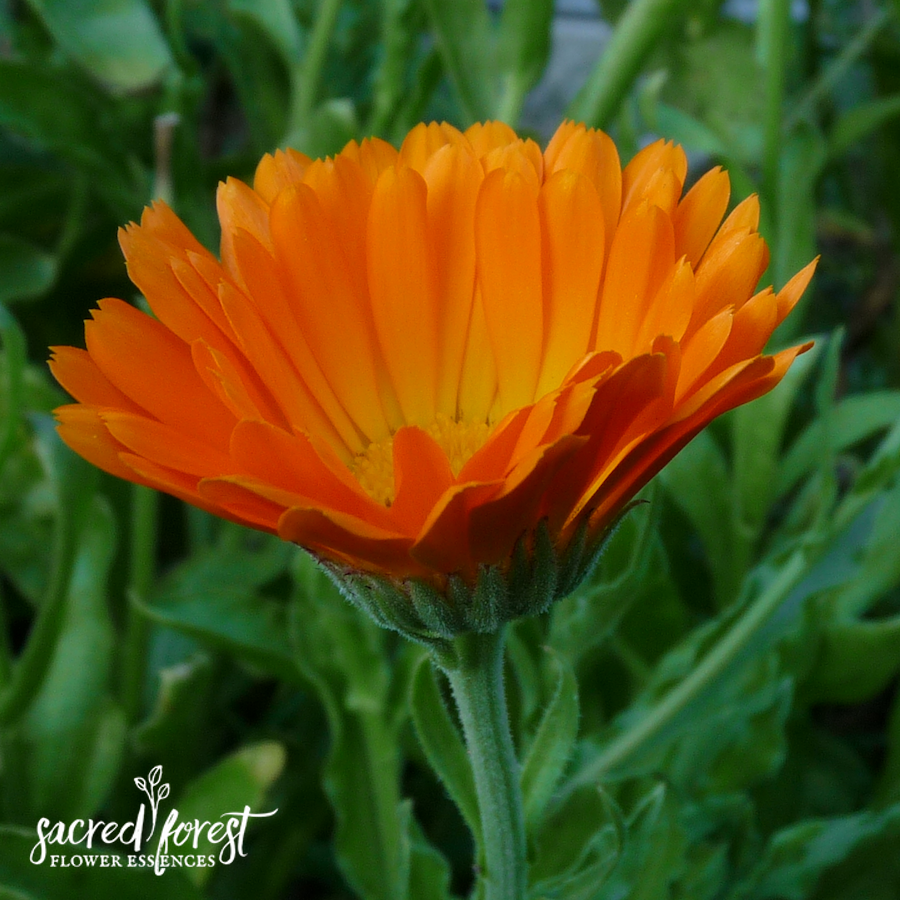
Frustratingly, as is sometimes the case after a ‘trauma’ like surgery, Harry has developed a case of shingles. Luckily, thanks to his phenomenal immune system and our quick use of Calendula oil and Lemon Balm infusions (even though we did not exactly know what he had), his rash was not nearly as painful as a typical case of shingles can be. Nor did his rash ever advance to the point of blisters before he began a course of a pharmaceutical antiviral which has knocked it out.
We sincerely, deeply, devoutly pray this is the last of our need for intensive medical care for a very long time! Thank you again for your support and prayers.
And YES, we are both already happily back in business! Please do not hesitate to contact Deb if you’d like to know details Harry’s care during this adventure or if you need other support in your life. Deb’s assistance is not limited to herbs ~ she happily shares her empathy, compassion and care with friends, family and clients at Sacred Living as well as here on Grandparents of the Forest.
P.S.
As you may notice in the first photo above, Harry had to shave his wonderful beard for the surgery. It is slowly coming back in, but sadly, we have no remedy for quickly re-growing it. If you have suggestions, do tell!
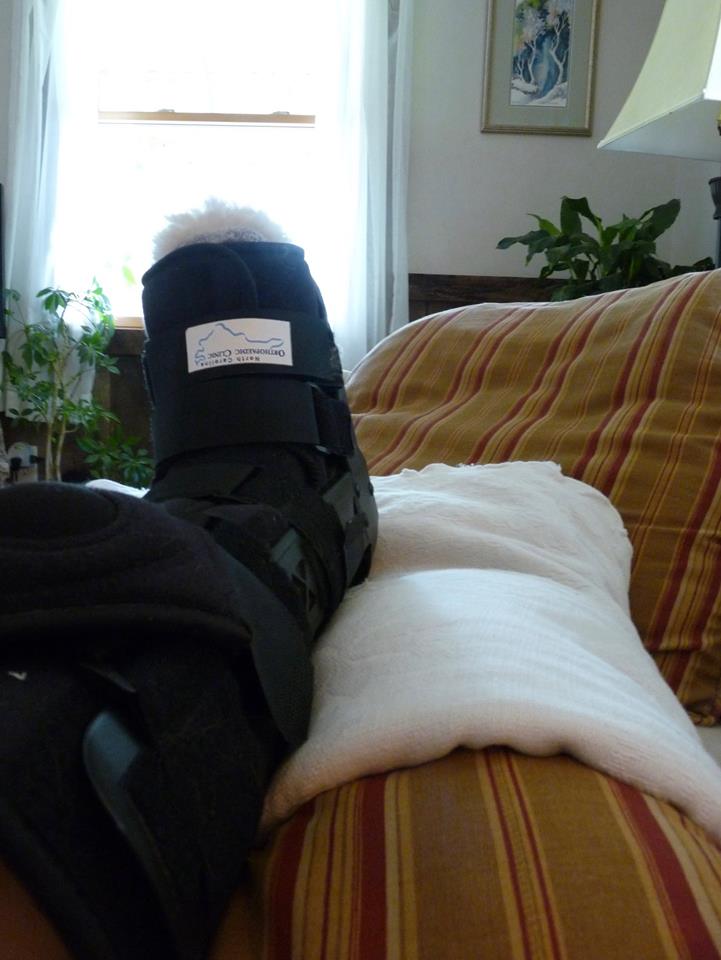
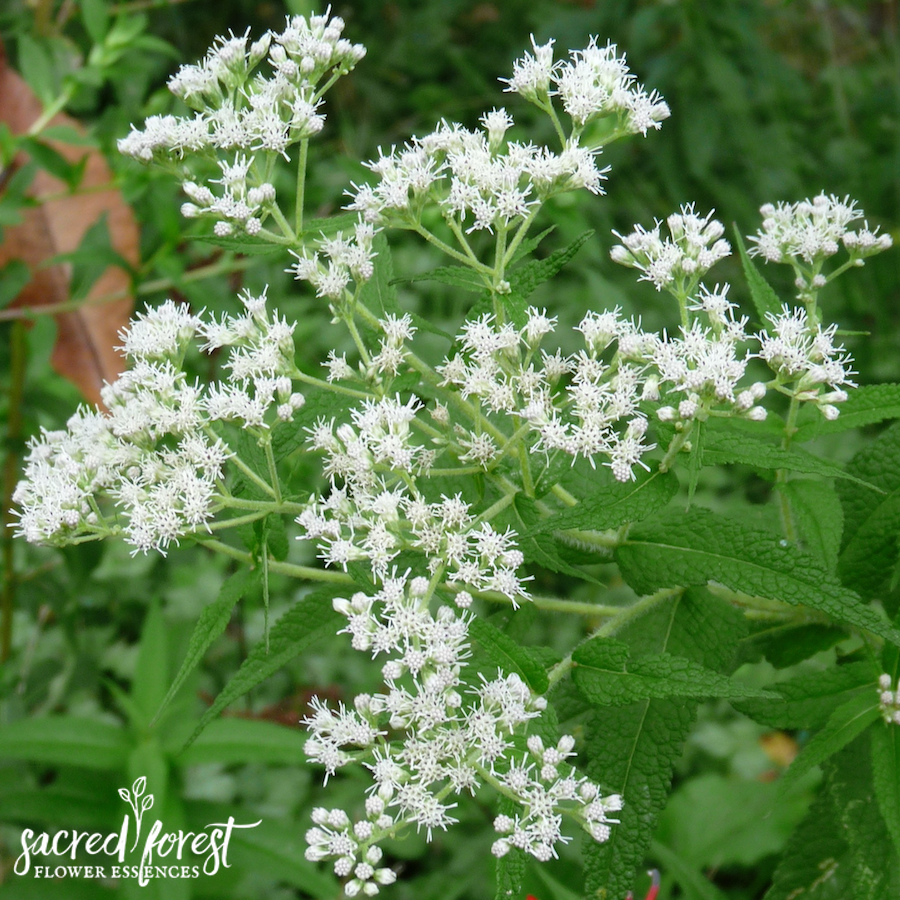
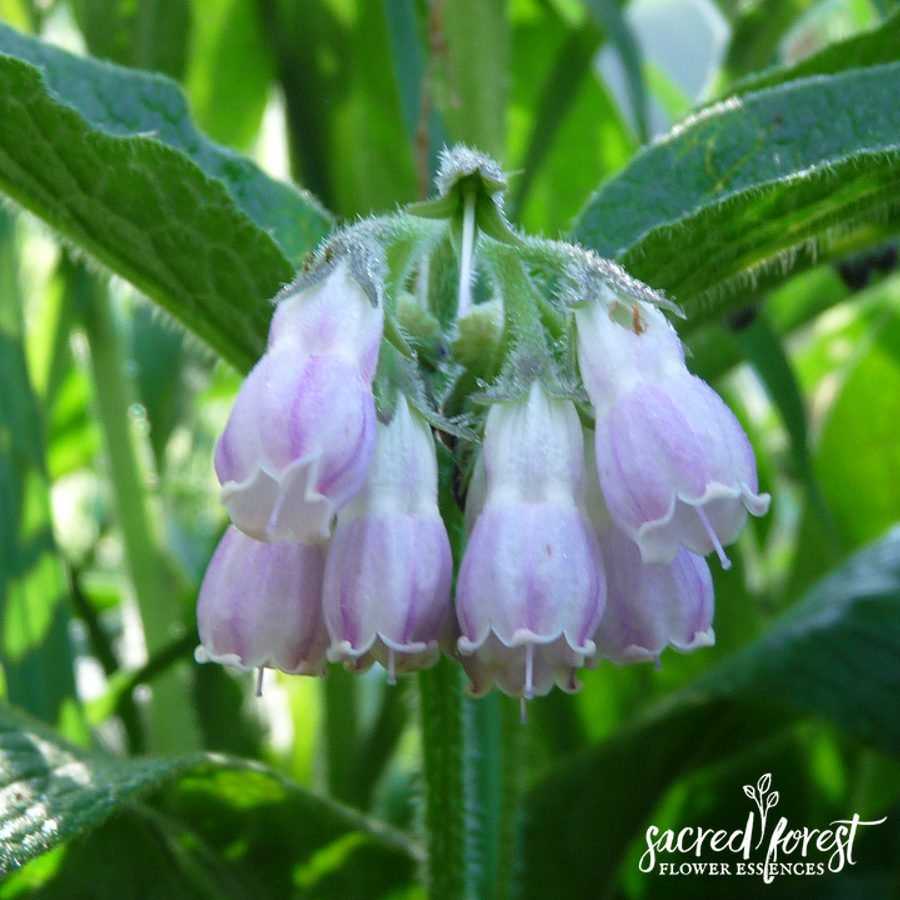
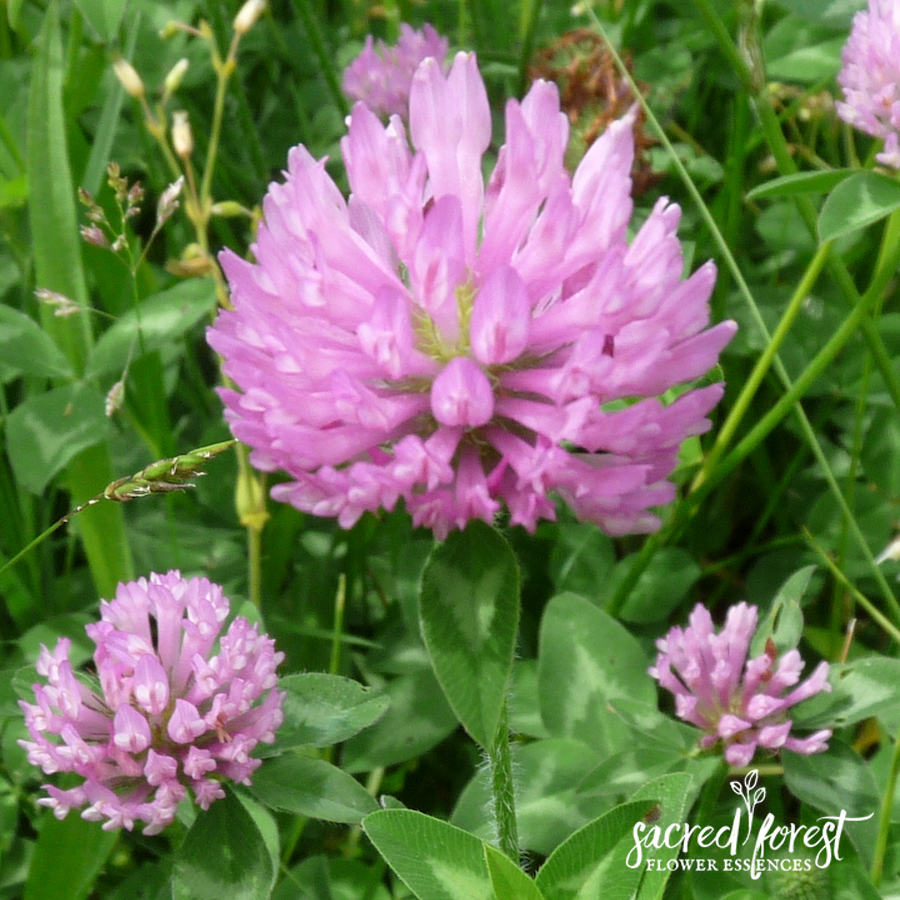
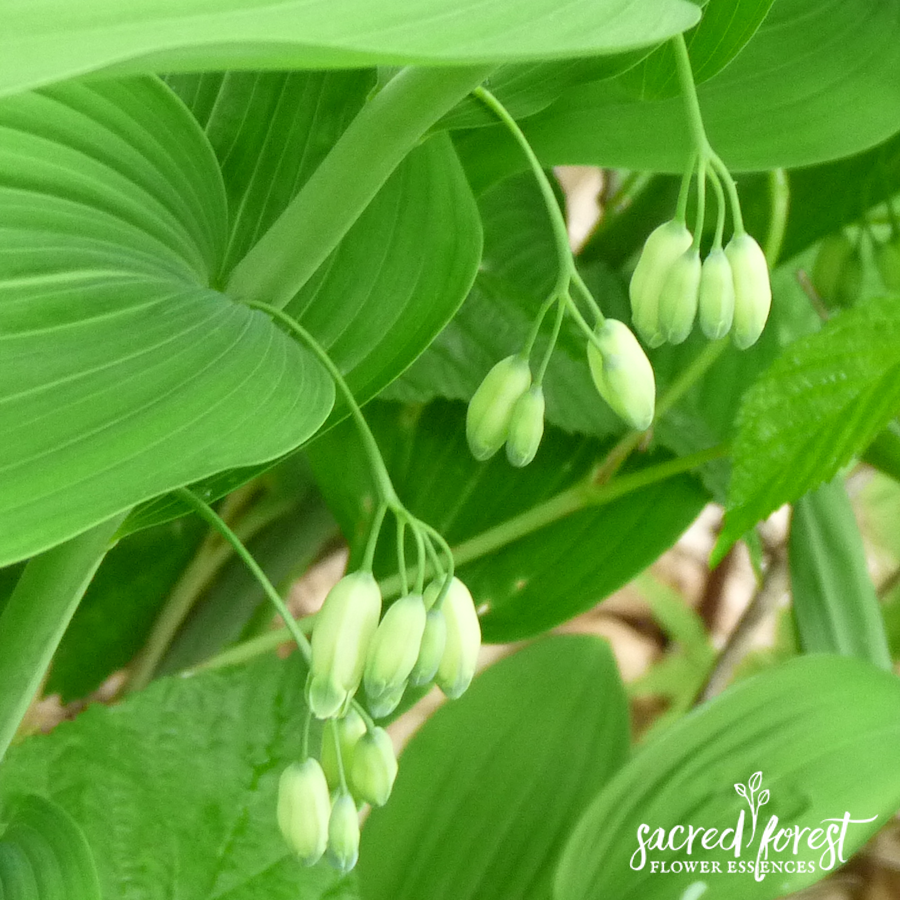
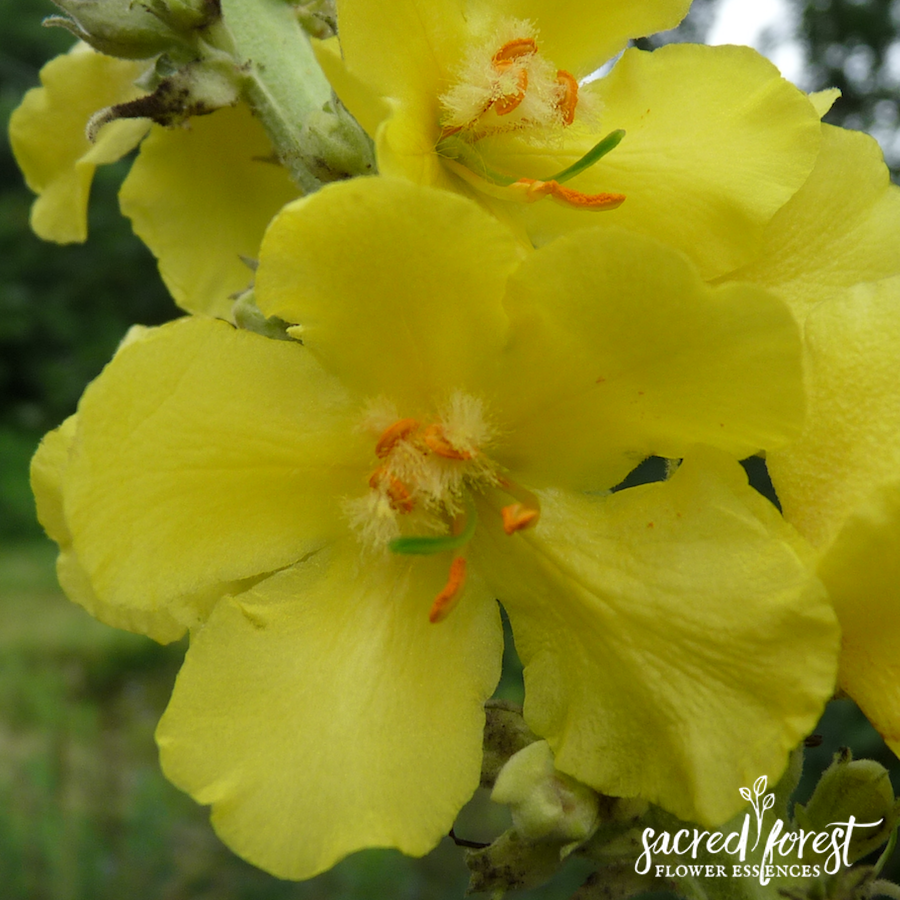

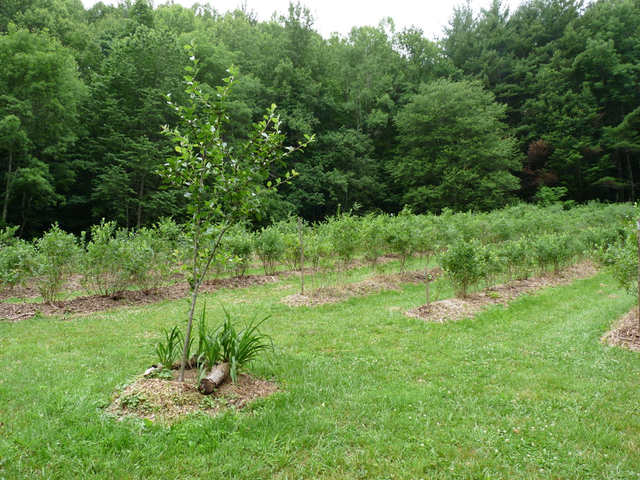 We greatly miss the fresh blueberries we used to grow on our farm and have wanted to visit a blueberry farm down the road from us ever since we found out about it. We finally had the time and memory to go during blueberry season.
We greatly miss the fresh blueberries we used to grow on our farm and have wanted to visit a blueberry farm down the road from us ever since we found out about it. We finally had the time and memory to go during blueberry season.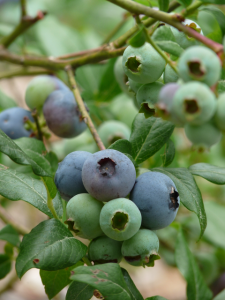
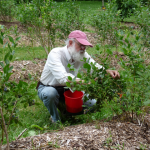
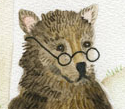
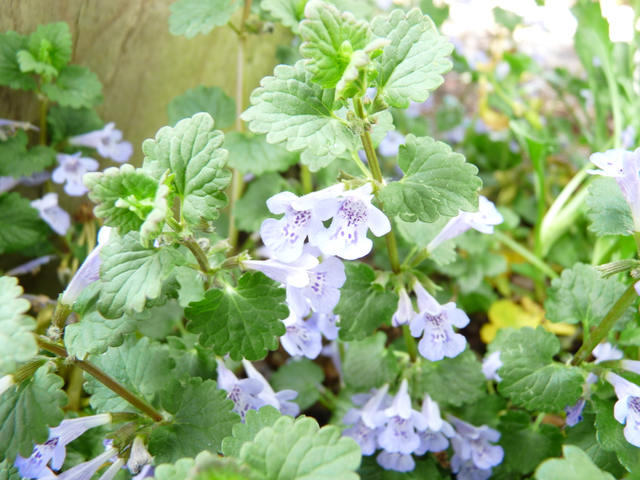 This year, the Ground Ivy (Glechoma hederacea) (also known as Gill-over-the-Ground) has REALLY increased its presence in our lawn and in the field up the hillside behind our home. With its square stem and stereotypical flowers, Ground Ivy is definitely a member of the mint family.
This year, the Ground Ivy (Glechoma hederacea) (also known as Gill-over-the-Ground) has REALLY increased its presence in our lawn and in the field up the hillside behind our home. With its square stem and stereotypical flowers, Ground Ivy is definitely a member of the mint family.